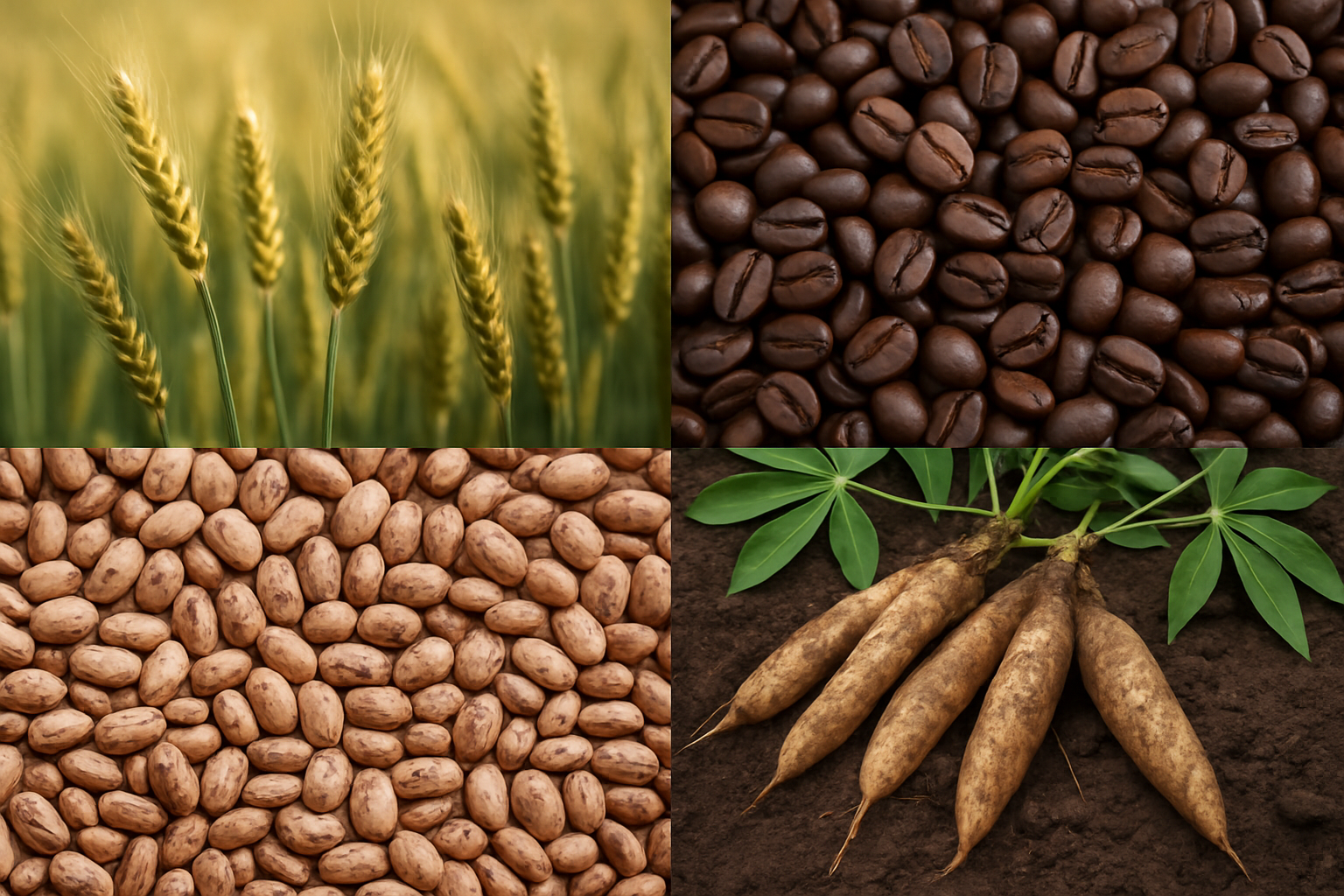The findings stem from an upgraded version of the FAO's "ABC-Map," a geospatial tool designed to help policymakers and agricultural experts understand and respond to climate-related risks. This isn't just any map; it's a sophisticated satellite imagery app powered by Google Earth Engine, pulling in data from global datasets to provide a comprehensive overview of climate trends.
Now, with the addition of a crucial new indicator, the ABC-Map reveals the stark reality of how climate change will impact crop suitability in the coming decades.
"Farmers, policymakers, and technicians need to know if the crops, investments or projects they are considering will work or if they need to adjust and consider other crops or more adaptation measures instead," explained Martial Bernoux, a Senior Natural Resources (Climate Change) Officer at the FAO. "Our ABC-Map tool can now better assist them with these considerations, further reinforcing climate resilience."
The alarming data is based on a study commissioned by the International Fund for Agricultural Development (IFAD) using research from the French fintech start-up Finres. The study used a novel approach to assess how climate scenarios would impact crop cultivation and determined that five out of nine major staple and cash crops are already facing dwindling optimal growing conditions.
Specifically, the report warns that coffee production in major coffee-growing regions could plummet, while beans and wheat are projected to suffer significant losses, especially in North America and Europe. While some crops, like maize and rice, might initially find more suitable areas for cultivation, this temporary reprieve is expected to reverse by the end of the century under high-emission scenarios.
The upgraded ABC-Map allows users to select a location and a crop from a list of 30 options. The tool then displays the suitability of that crop in the chosen area, projecting into the future with different climate emission scenarios. This helps researchers, governments and farmers determine what crops will do best where, and plan accordingly for future changes in climate.
Originally launched in 2024, the ABC-Map is part of the COP28 Agriculture, Food and Climate National Action Toolkit and represents the FAO's commitment to helping countries meet their climate change obligations. By providing crucial data and analysis, the FAO hopes to strengthen global efforts to adapt to the challenges of a changing climate and safeguard the future of our food supply.

